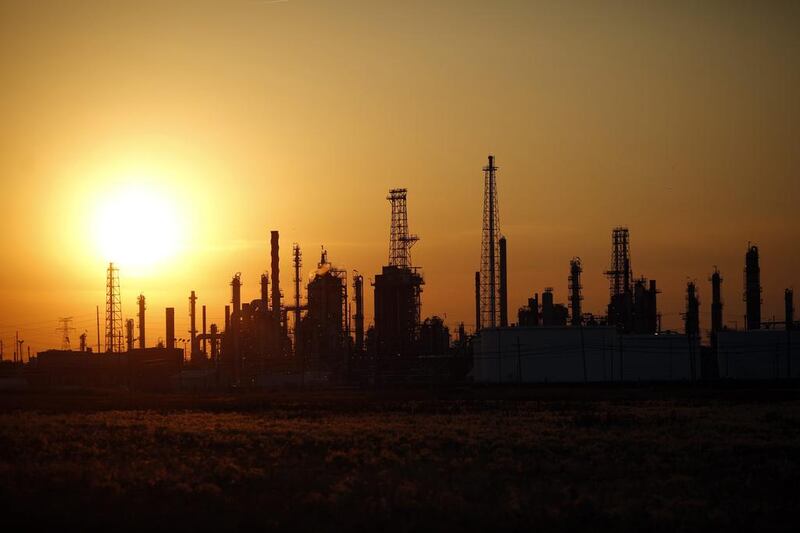Restoring balance to the oil markets appears as hard as restoring balance to the Force in Star Wars.
After the optimism of last November’s production cuts agreement, low prices are striking back. With Brent crude at a seven-month low, can Opec avoid a rebellion?
The producers’ organisation knew the route to rebalancing would be longer than a few parsecs. Its target has been to bring oil stocks in the OECD (developed) countries, currently 292 million barrels above, down to their five-year average.
Time may not be on the producers’ side. Overall compliance to the deal has been unprecedentedly good – hovering around 90 per cent for the Opec members, helped by Saudi over-compliance. Even Russia, for the first time ever, has made significant production cuts in support of Opec.
But several major players’ adherence is likely to weaken during the deal’s nine-month extension, agreed in Vienna last month. Saudi Arabia itself will experience increasing demand for its own power generation over the summer, requiring it to curb exports at a time of financial stringency.
More importantly, output from Iraq, one of the worst compliers in the Opec deal, is set to rise this year. With a quota of 4.35 million barrels per day, it produced 4.42 million bpd in May, but capacity could reach 5 million bpd by the end of this year as investment resumes at the Zubair, West Qurna 1 and Halfaya fields, along with the Abu Dhabi-owned Taqa’s Atrush field in the autonomous Kurdish region starts up.
Iranian production is close to its maximum for now but by early 2018, and after cutting some deals with international oil firms, it may be looking ahead to production gains, too.
Of the two Opec states not included in the deal, some temporary political deals have allowed Libya’s output to top 800,000 bpd for the first time since 2014 and Nigeria has also bounced back. Neither is likely to agree to any ceiling on their production, as they remain well below potential. Khalid Al Falih, the Saudi energy minister, has said other Opec members would “pick up the slack” for these two countries, a dangerously open-ended commitment.
On the non-Opec side, Russia’s production usually rises in the second half of the year because of favourable weather, and all its major companies have expansion plans. Kazakhstan has accommodated its huge new Kashagan field by cutting output elsewhere but is unlikely to sustain this through the year. The other non-Opec participants will probably mostly comply involuntarily because of natural declines.
And outside the “Vienna Group” of Opec and its non-Opec allies, the United States, led by shale producers, and Canada, are set for strong growth, with output forecasts continually revised up.
A number of forecasters, including the International Energy Agency (IEA), are now suggesting that the market will not even be balanced in 2018, with a continuing slight surplus. The IEA sees stocks falling to “normal” levels by the end of this year, but that relies on a dramatic acceleration in demand, after a weak first quarter of the year. And on Opec’s own figures, stocks will continue to build during this year.
If the Vienna deal has still not had the desired impact by its expiry next March, and if some members feel they are losing market share to recalcitrant colleagues, non-Opec allies and shale, consensus may crumble. There does not seem much prospect of the even deeper cuts that would be required to bring down inventories by March – Iran, Iraq and Russia in particular are unlikely to sign on.
Increasingly, it seems Opec was too optimistic in hoping for a balanced market this year and the fortunate confluence of circumstances that allowed for the Vienna deal may not last forever. Only a more sustained period of prices in the US$40s can stall the return of shale. This series has several more episodes to run.
Robin M Mills is the chief executive of Qamar Energy and the author of The Myth of the Oil Crisis
business@thenational.ae
Follow The National's Business section on Twitter





